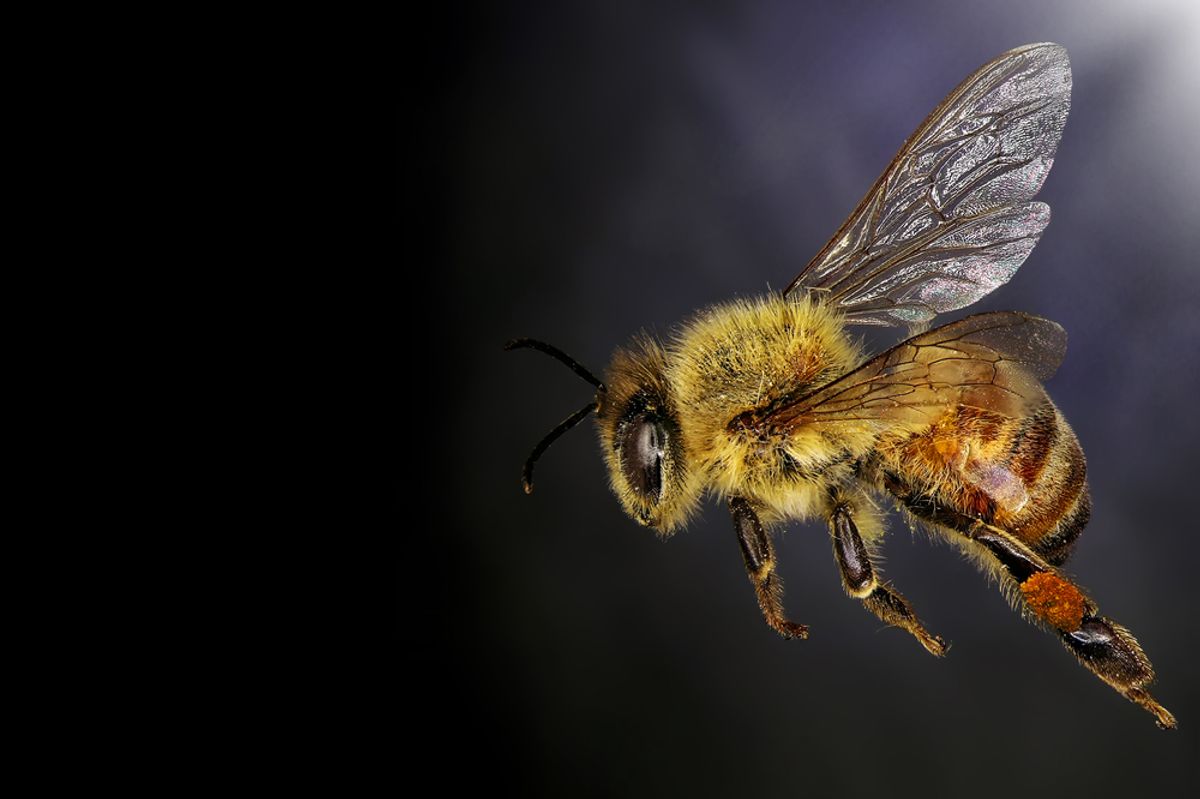Are the bees finally beginning to catch a break? Highlighting the toxic chemicals' "potential broad-spectrum adverse effects to non-target species," the U.S. Fish and Wildlife Service last week quietly announced plans to eliminate the use of bee-killing pesticides in wildlife refuges.
The FWS memo, flagged by the Center for Food Safety, announces a gradual phasing out of the class of pesticides known as neonicotinoids on National Wildlife Refuge Lands for the Pacific Region -- which includes Hawaii, Idaho, Oregon and Washington -- building up to their complete elimination by January 2016. Over 8,700 acres of cropland falls within that region, and while pesticides aren't generally used in refuge management, the agency notes that an undetermined amount of neonicotinoids likely find their way into the protected areas by way of treated seeds.
A FWS official pointed Salon to information included with the memo, which confirms that the decline in bee populations, of which neonicotinoid use is believed to be a contributing factor, is the driving justification for the phase-out. "While the use of neonics on refuges is limited," the memo reads, "the persistence and systemic action have the long-term potential to adversely impact refuge invertebrates, especially native bee fauna and other pollinators."
The memo also highlights the pesticides' persistence in the environment and their tendency to drift to non-treated areas, along with their potentially lethal impact on other non-target species, like birds and small mammals. "The Service's Integrated Pest Management (IPM) policy directs us to use long-standing established IPM practices and methods that pose the lowest risk to fish, wildlife, and their habitats," it concludes. That means getting rid of the chemicals altogether -- and, beginning in 2015, requiring managers to "exhaust all alternatives" to their use in the meantime.
This is just one small action taken in the interest of protecting the bees -- a much greater victory would require the EPA to make like Europe and get rid of neonicotinoids altogether, at least until more research can be done. But symbolically, the move highlights the growing recognition that, despite industry claims to the contrary, the pesticides are almost certainly contributing to bee die-offs. In a statement, the Center for Food Safety celebrated the decision, while urging the agency to expand its efforts to cover all eight of its regions. “Federal wildlife refuges were established to protect natural diversity," said Paige Tomaselli, a senior attorney with the non-profit organization. "Allowing chemical companies to profit by poisoning these important ecosystems violates their fundamental purpose and mission."
In June, another promising step was taken with the White House's creation of the Pollinator Health Task Force, which seeks to boost conservation efforts. “Given the breadth, severity and persistence of pollinator losses," President Obama wrote at the time, "it is critical to expand Federal efforts and take new steps to reverse pollinator losses and help restore populations to healthy levels."

Shares